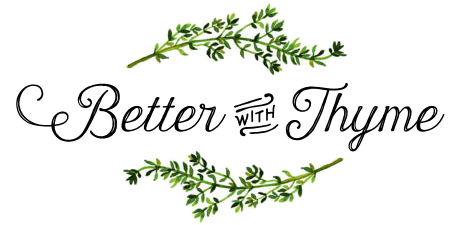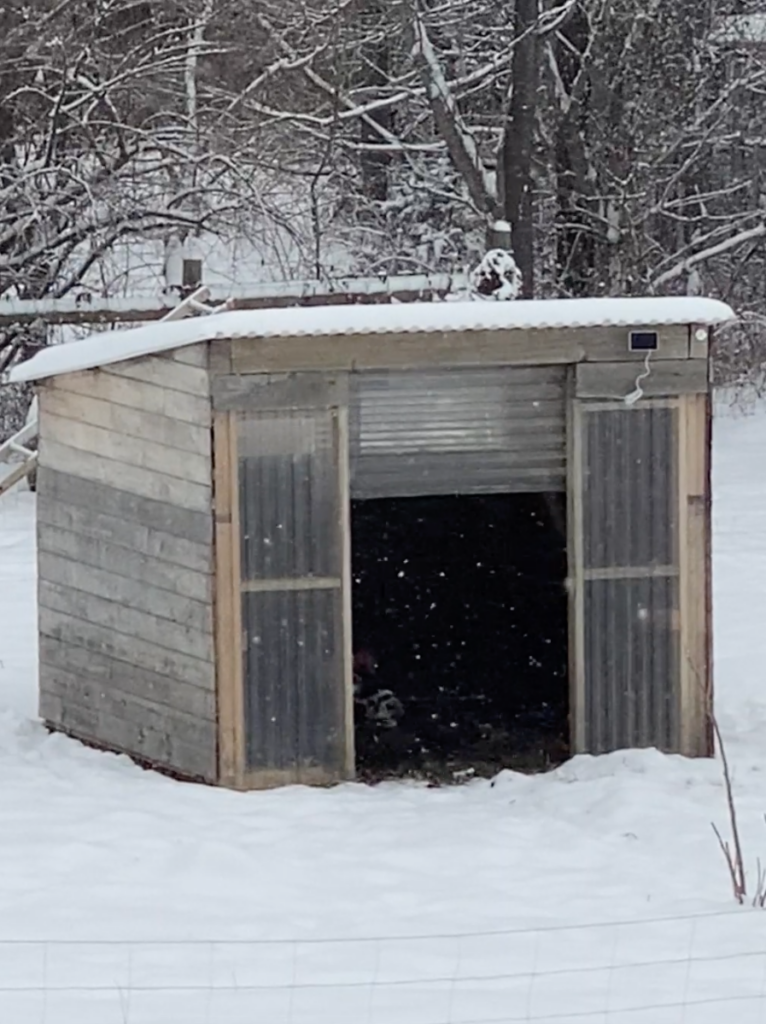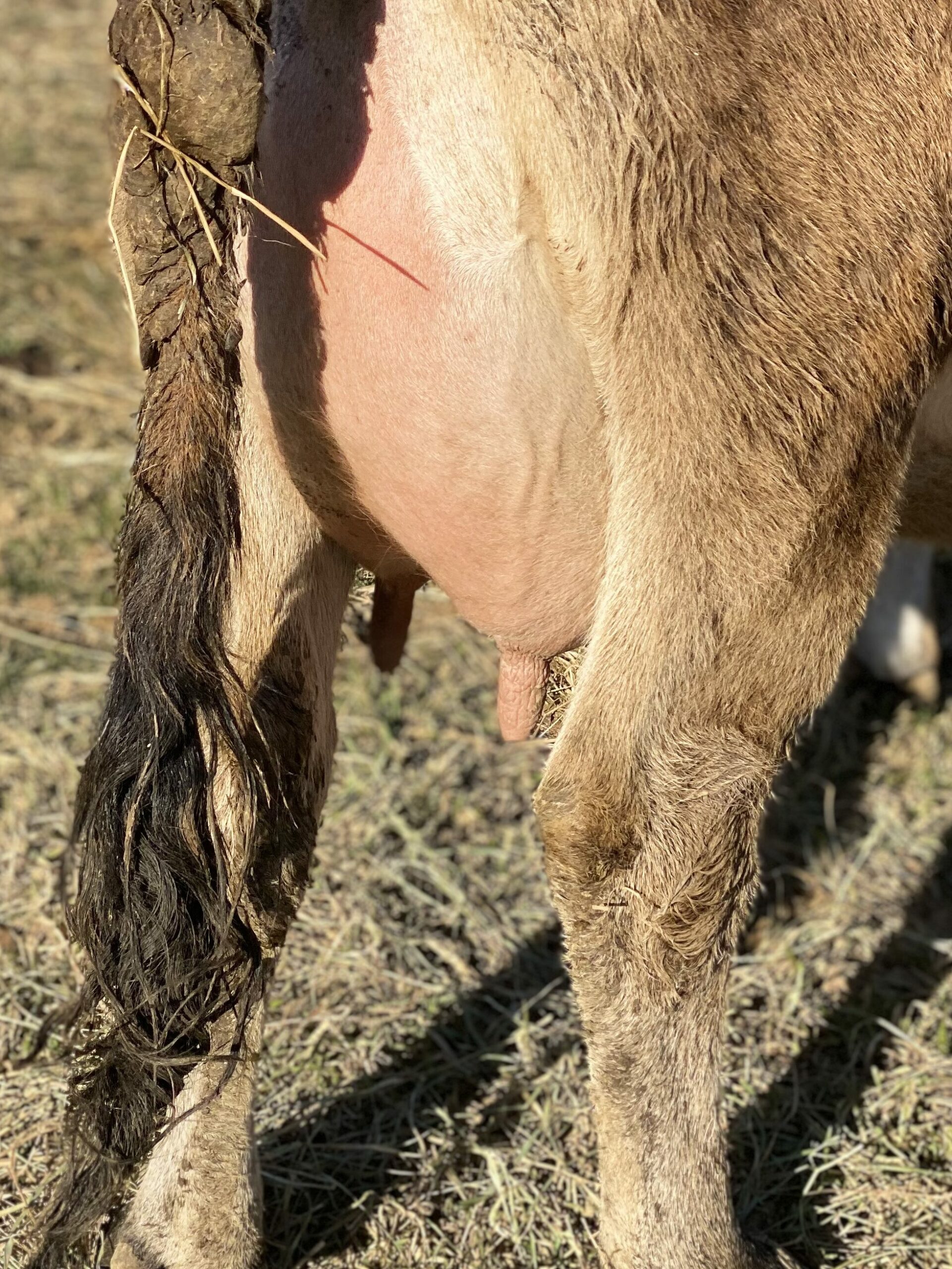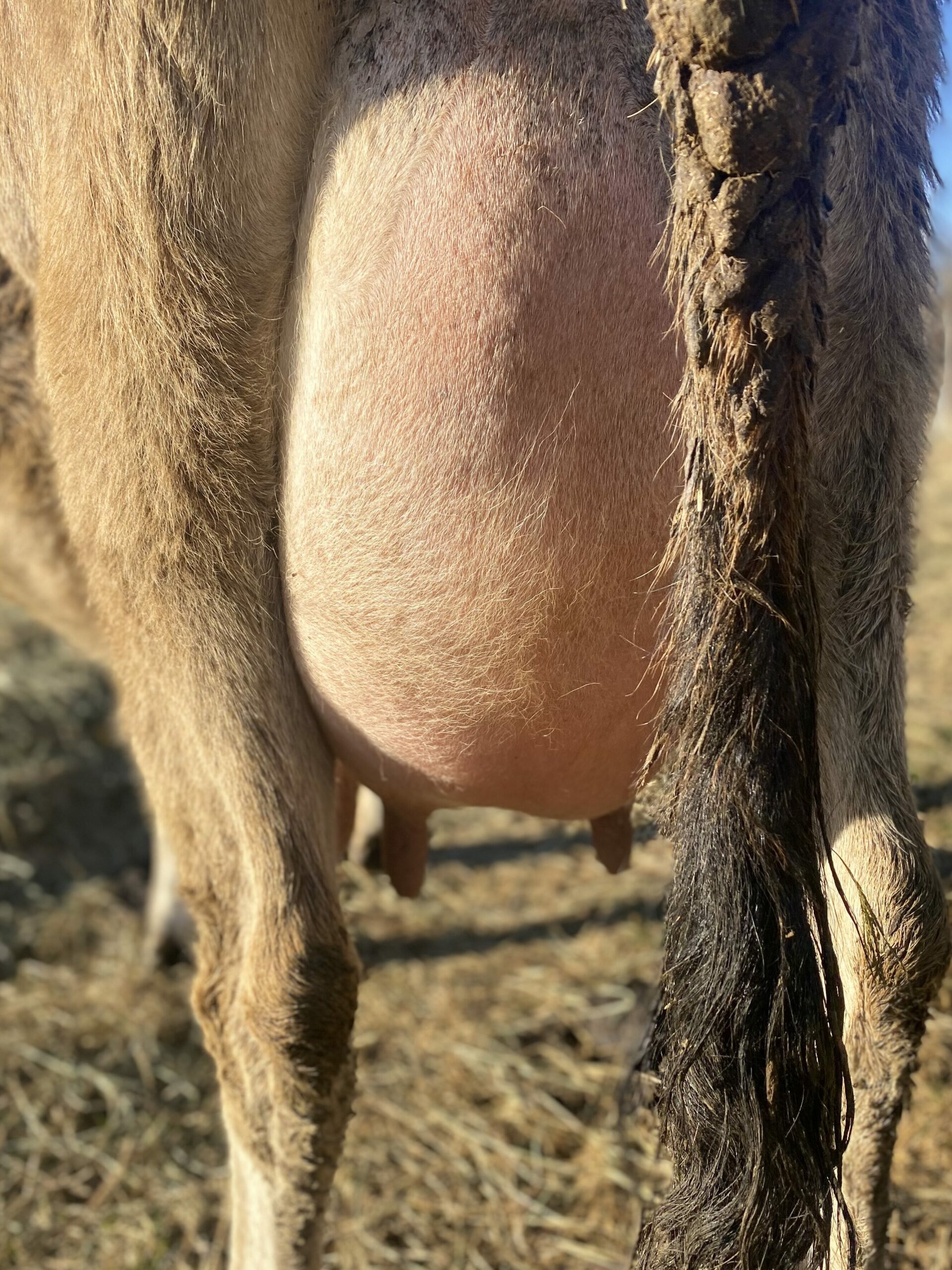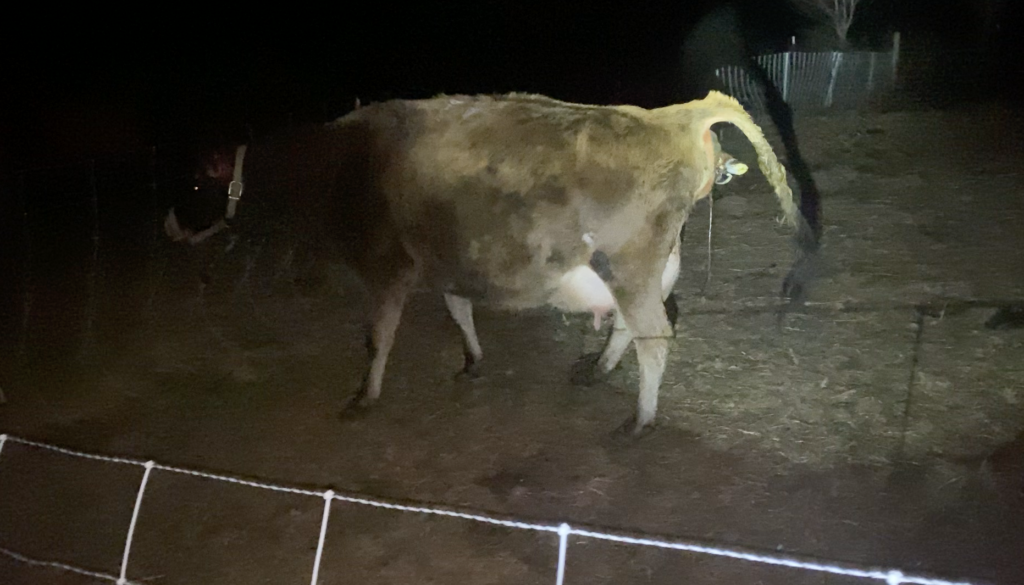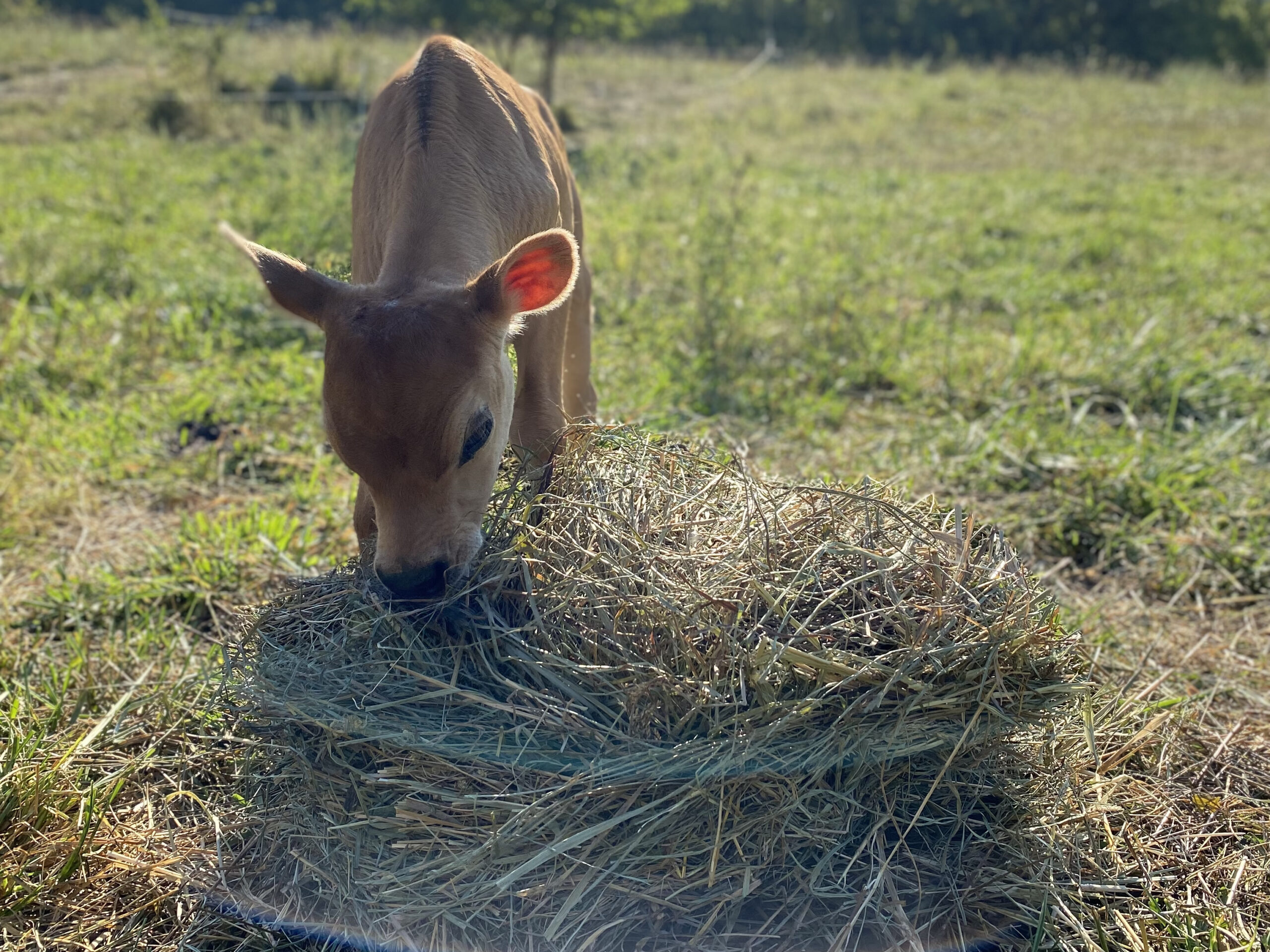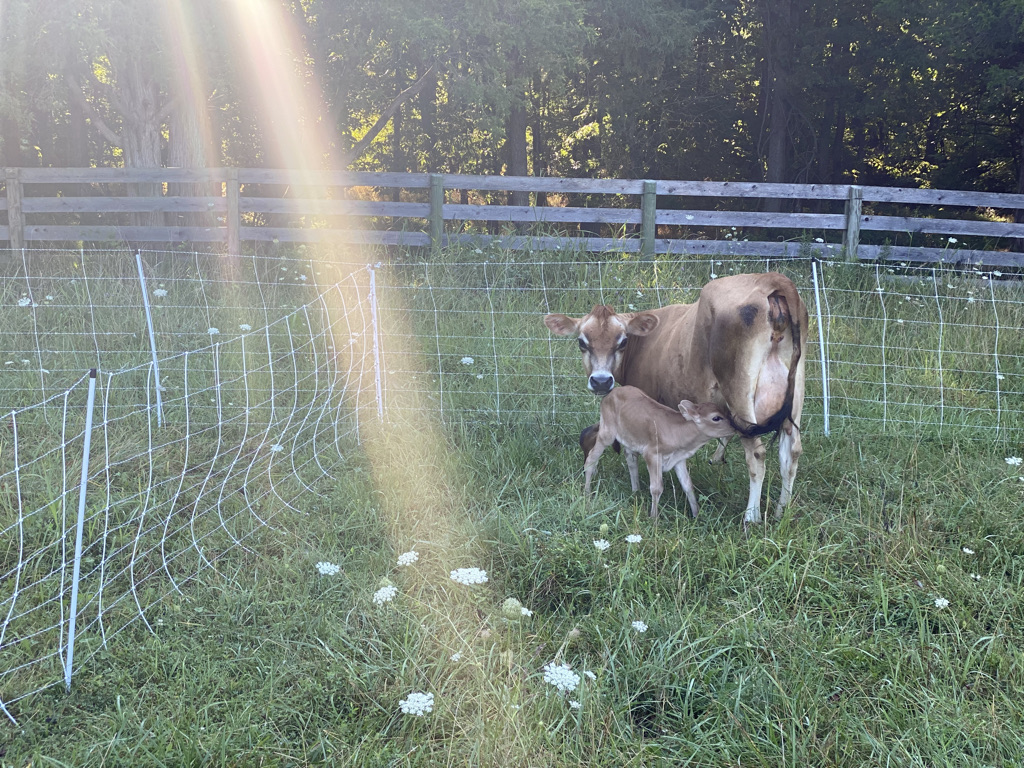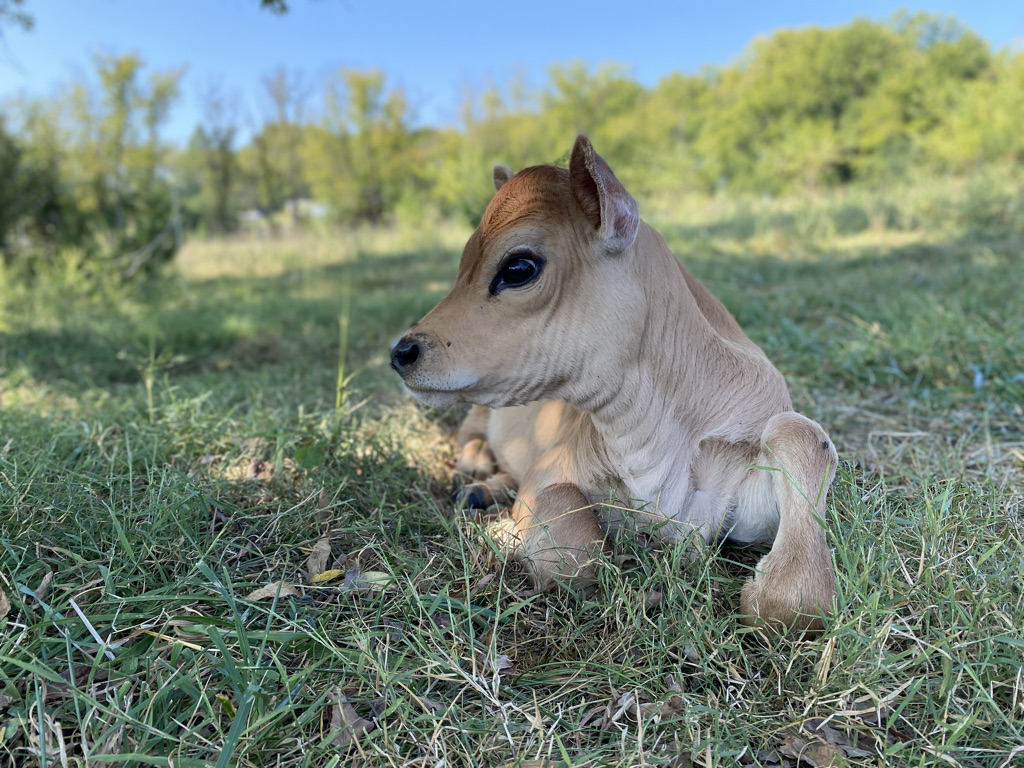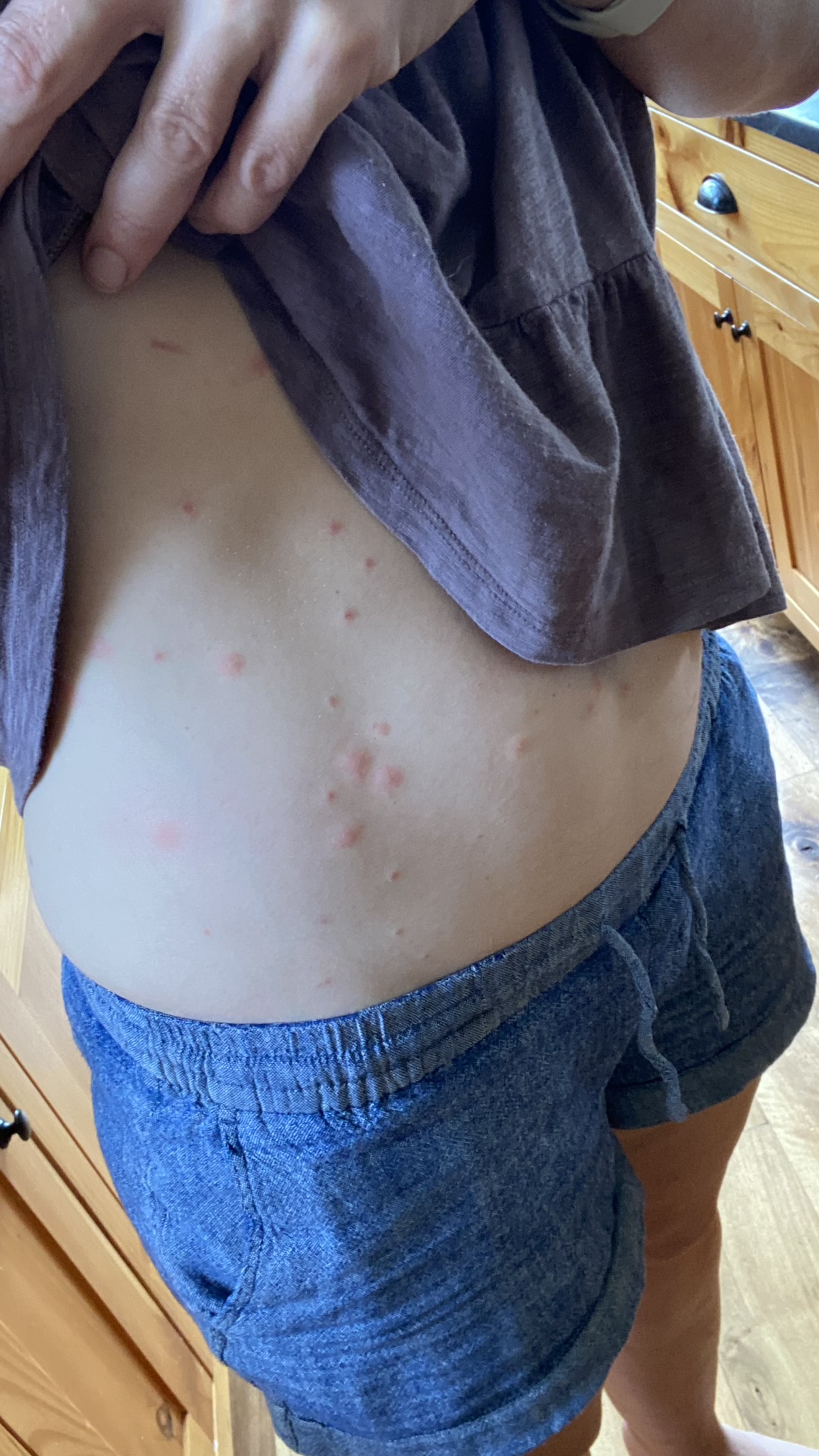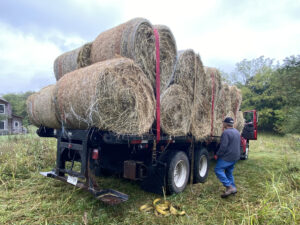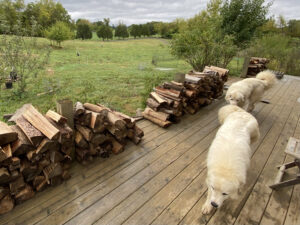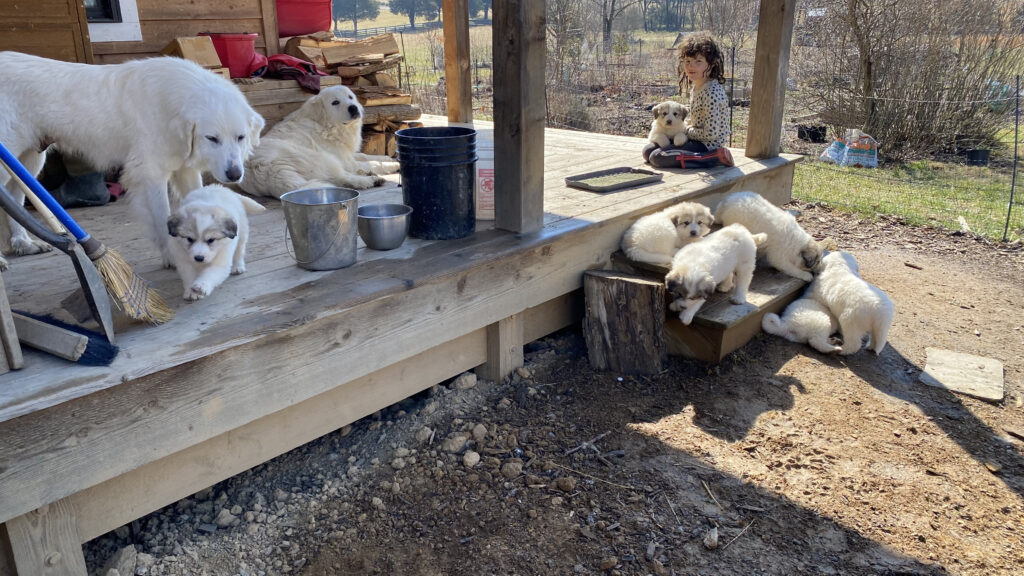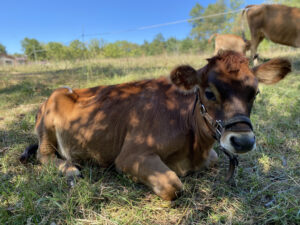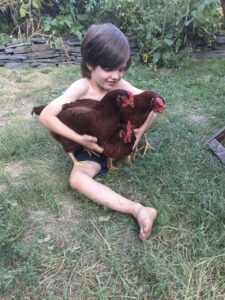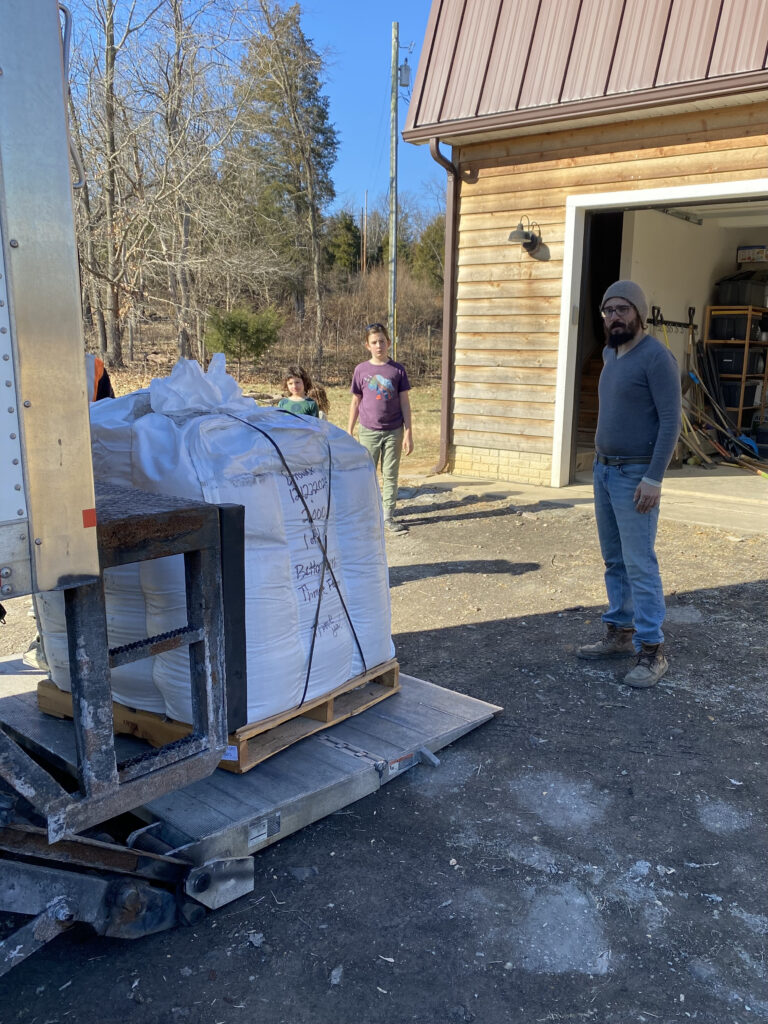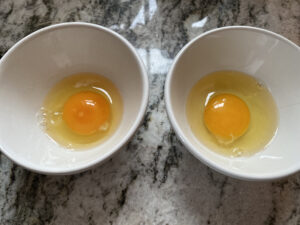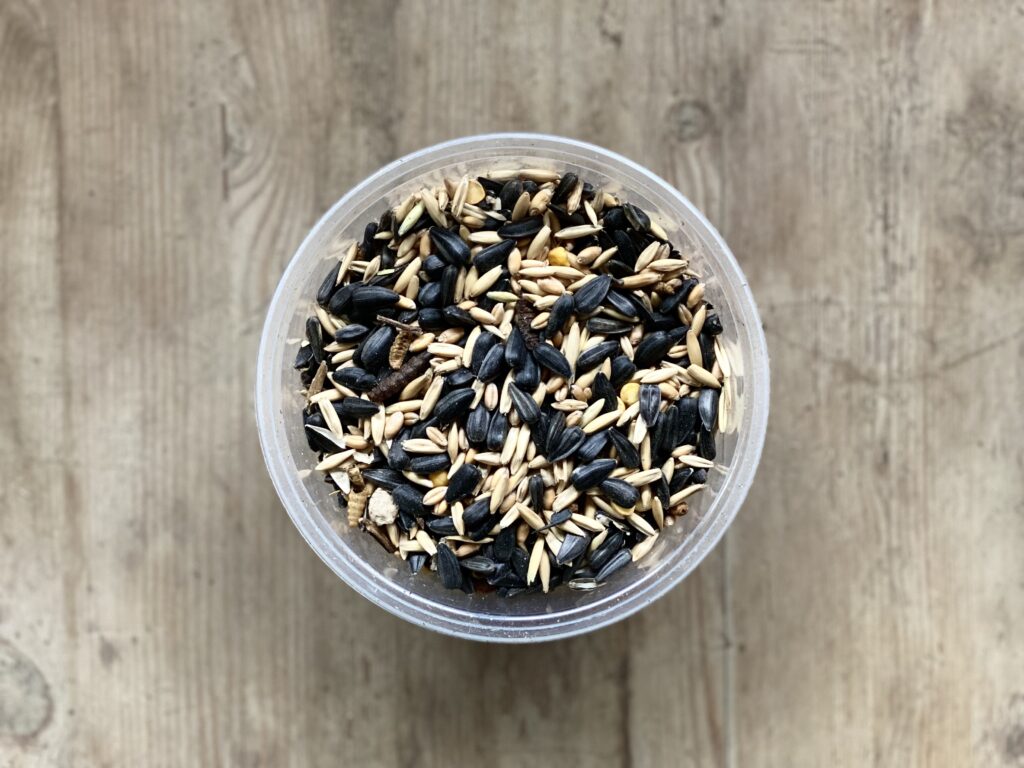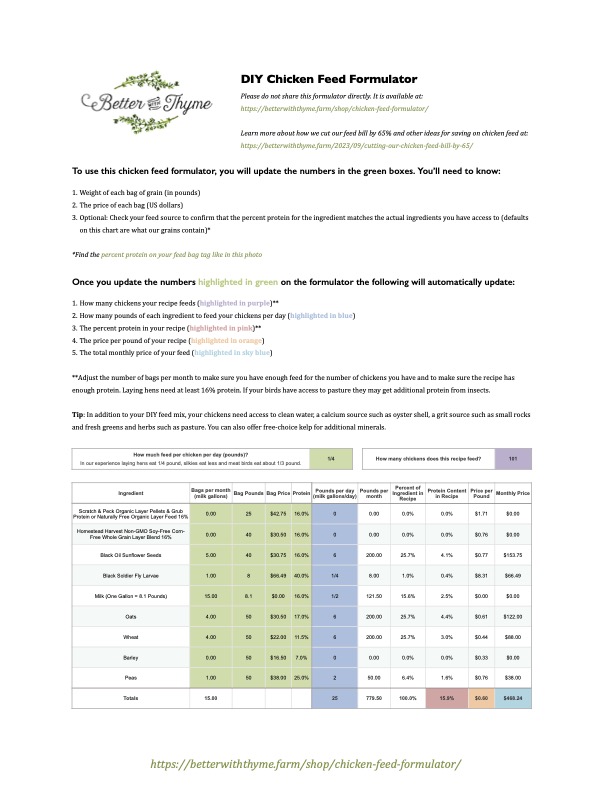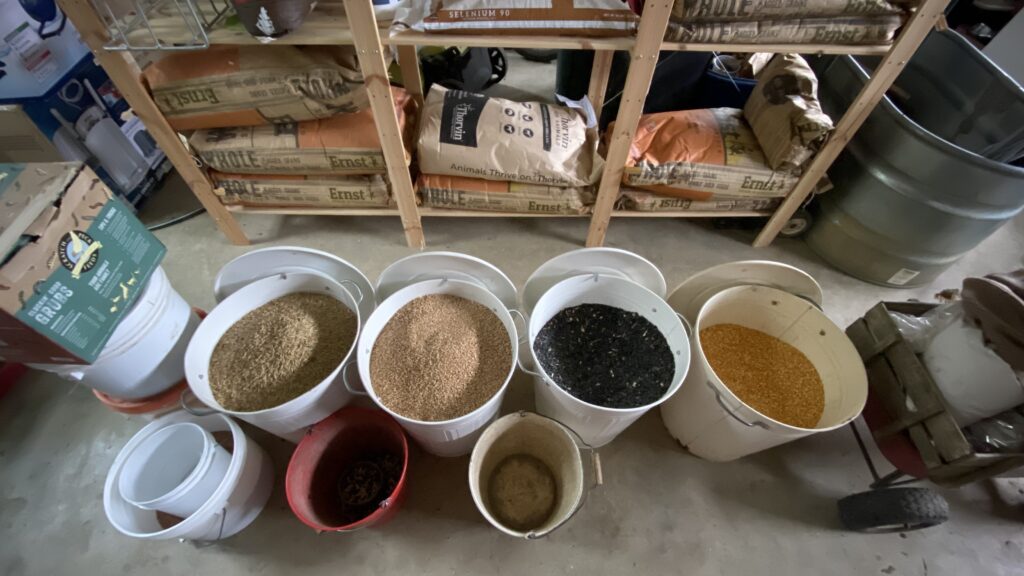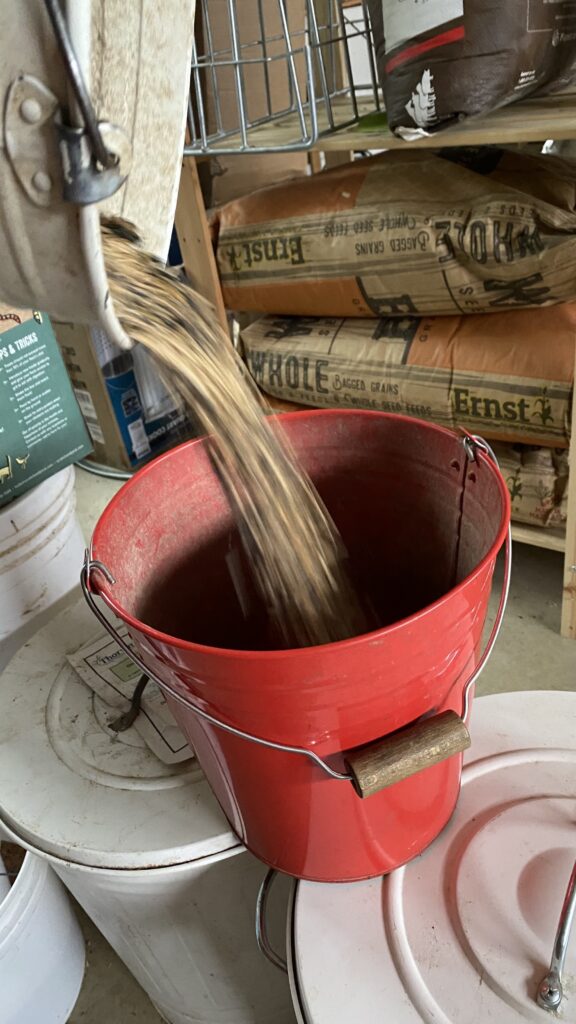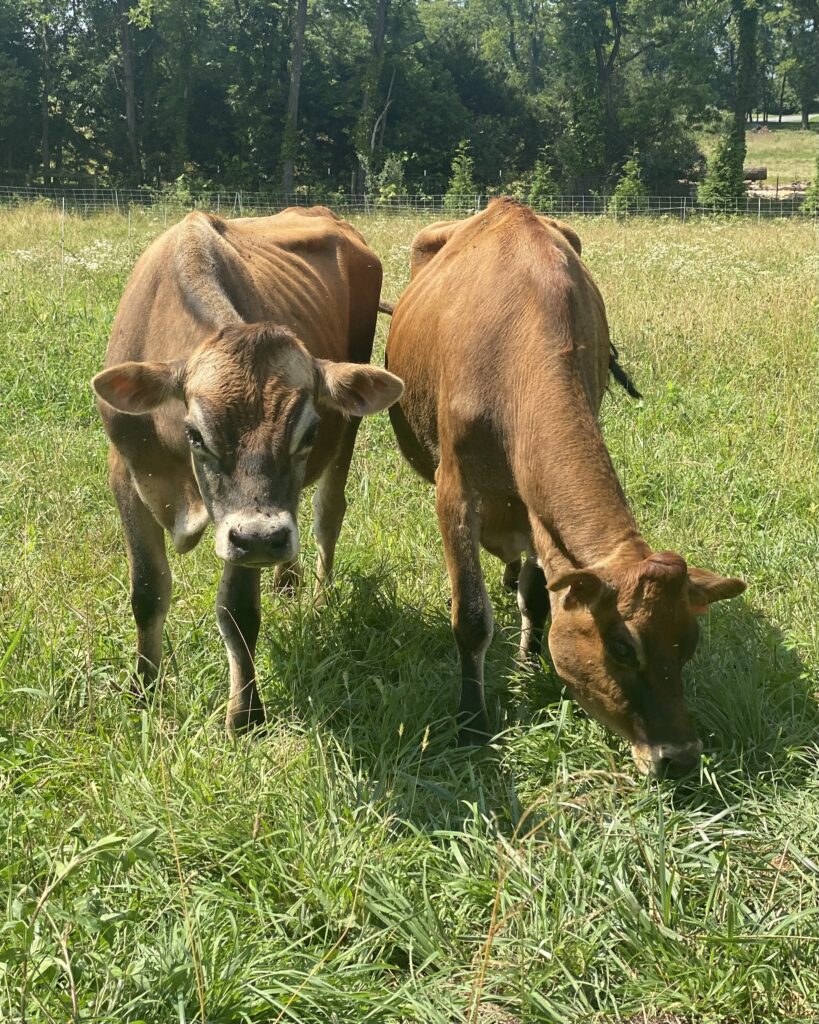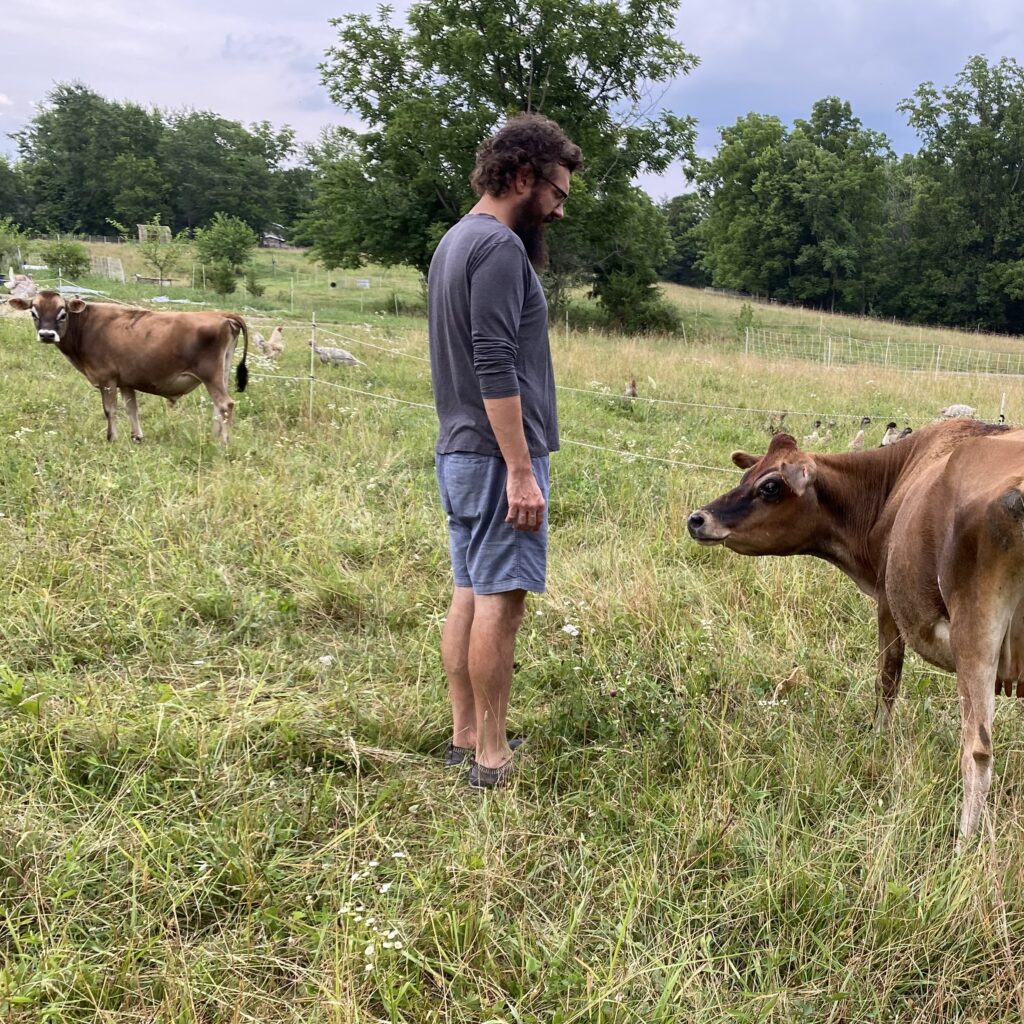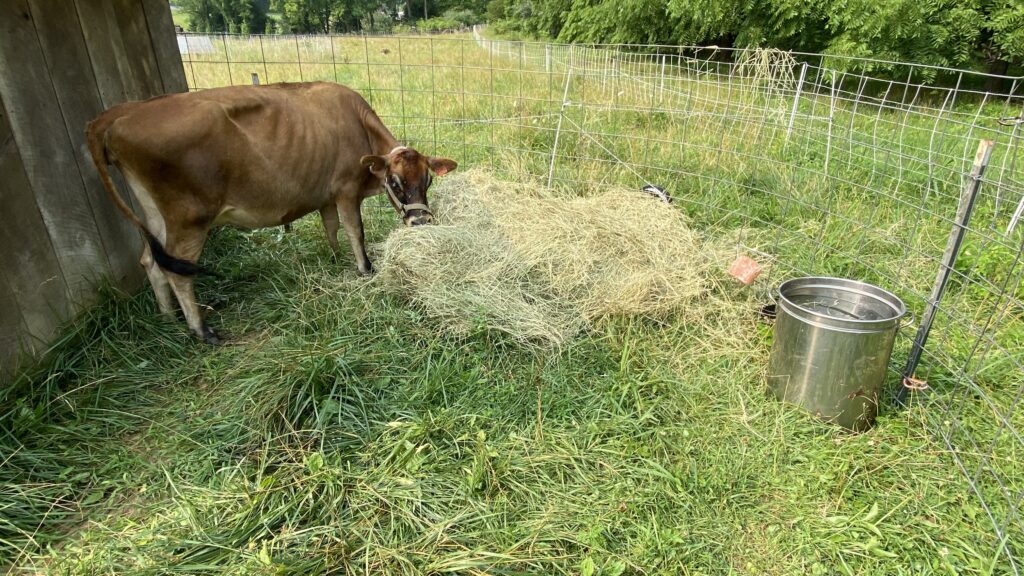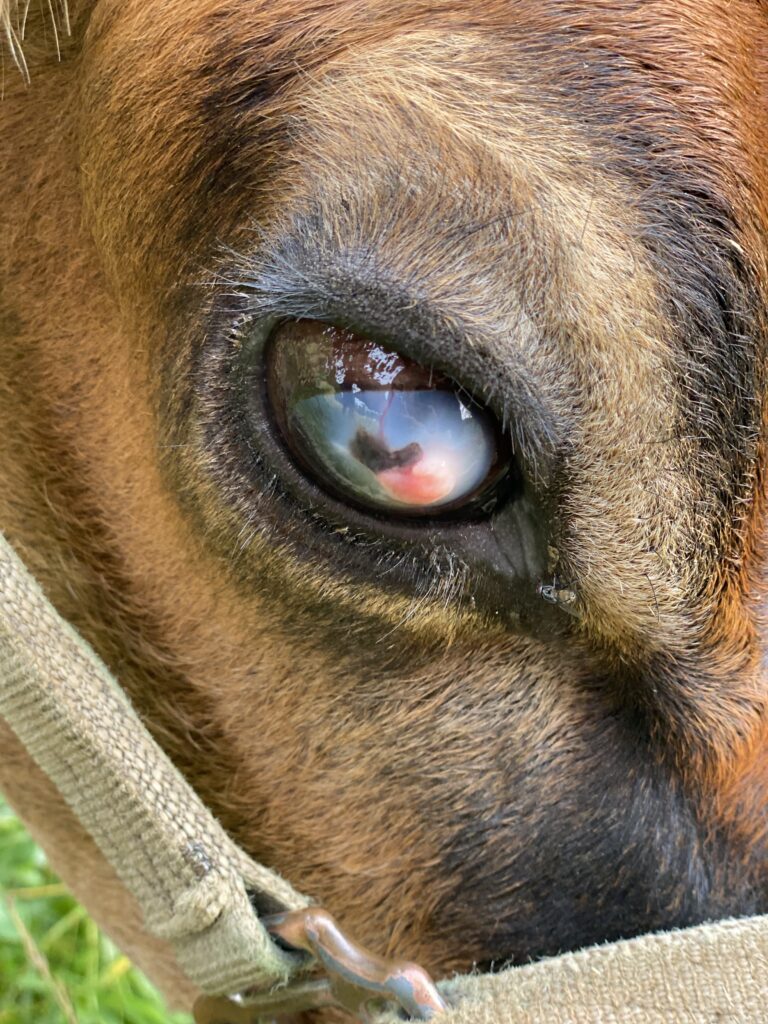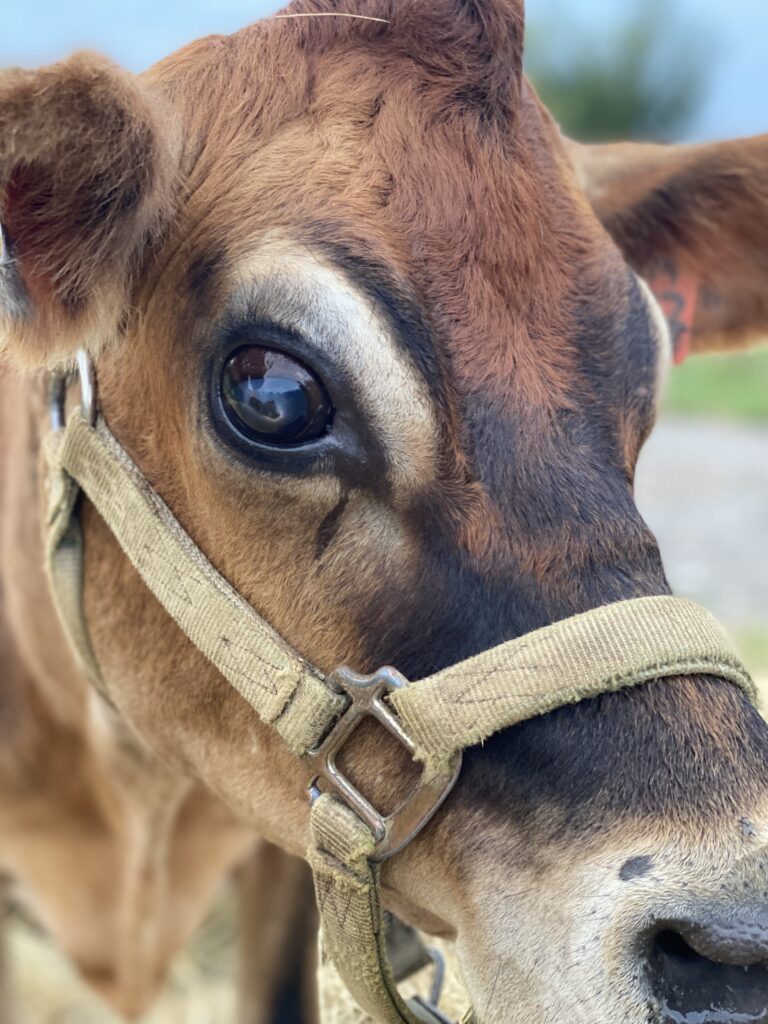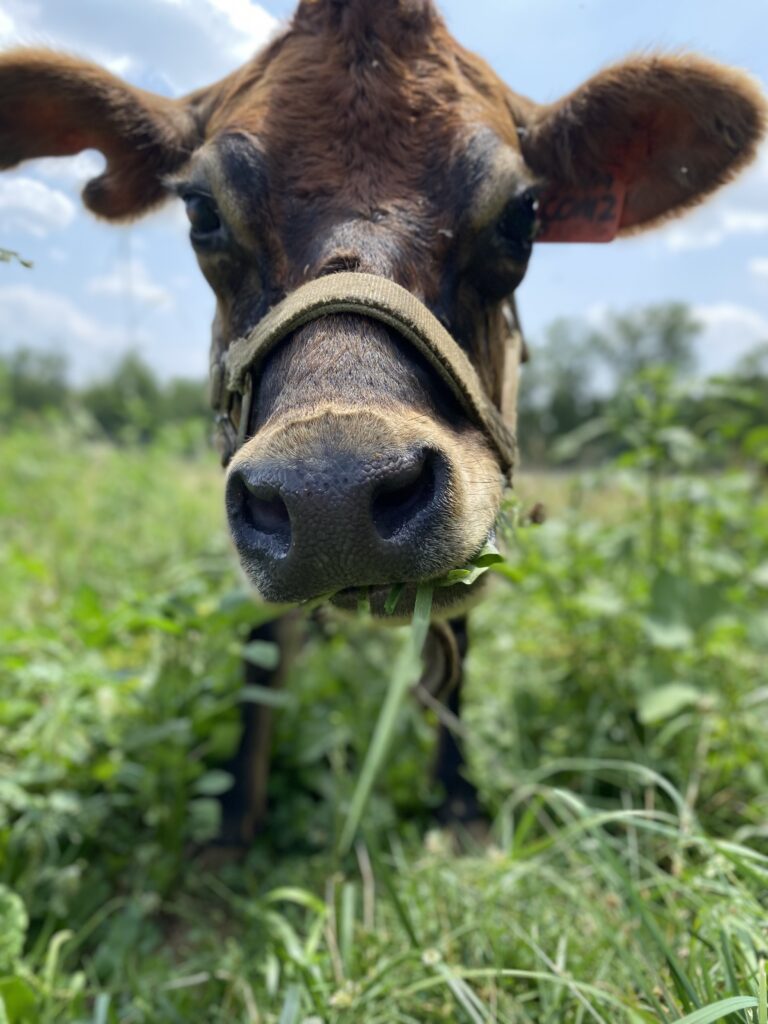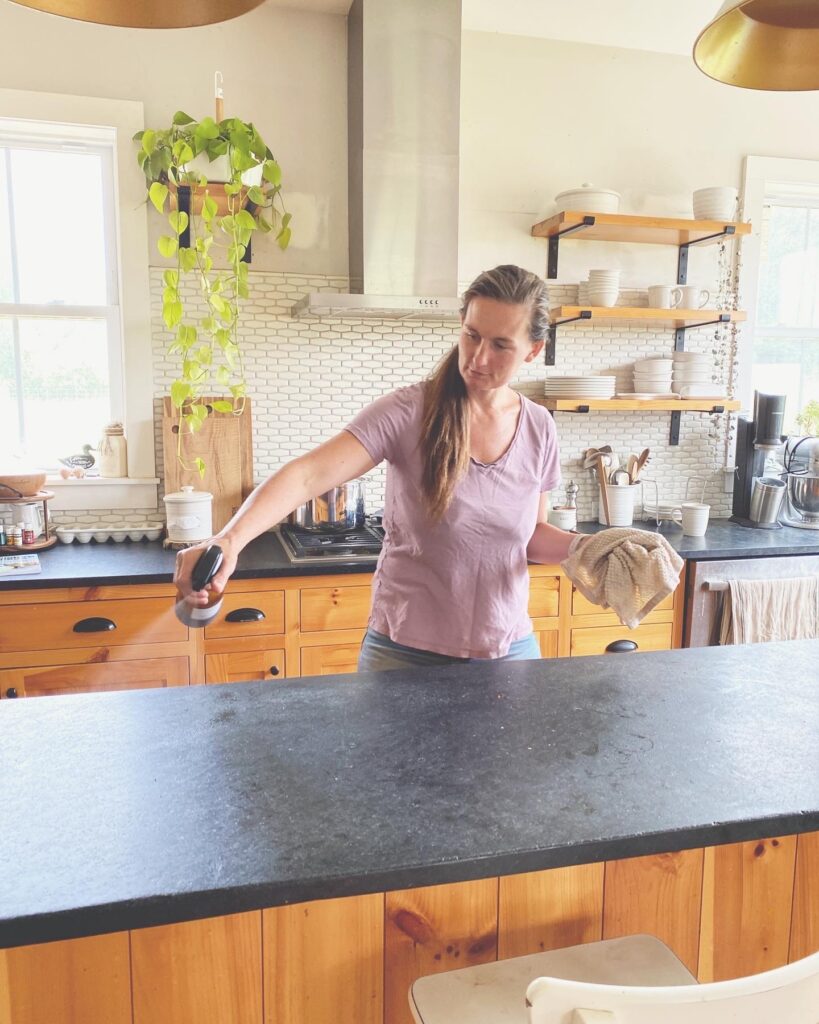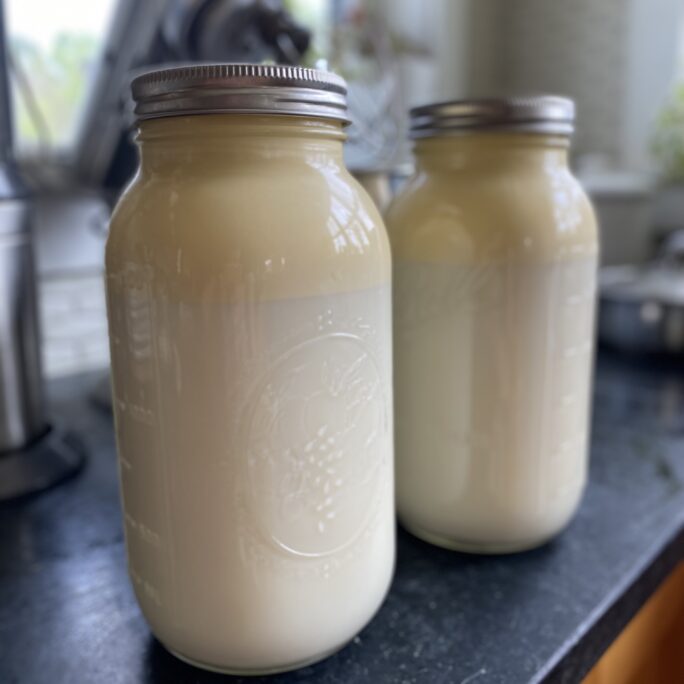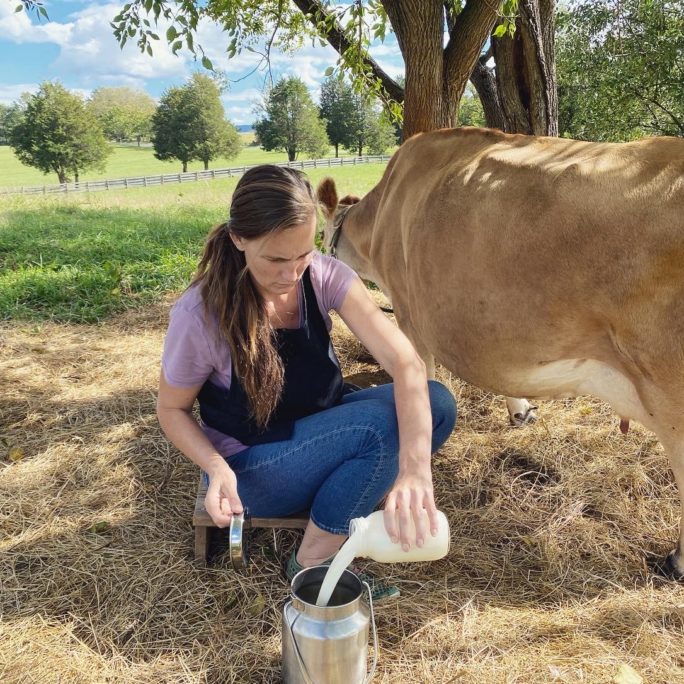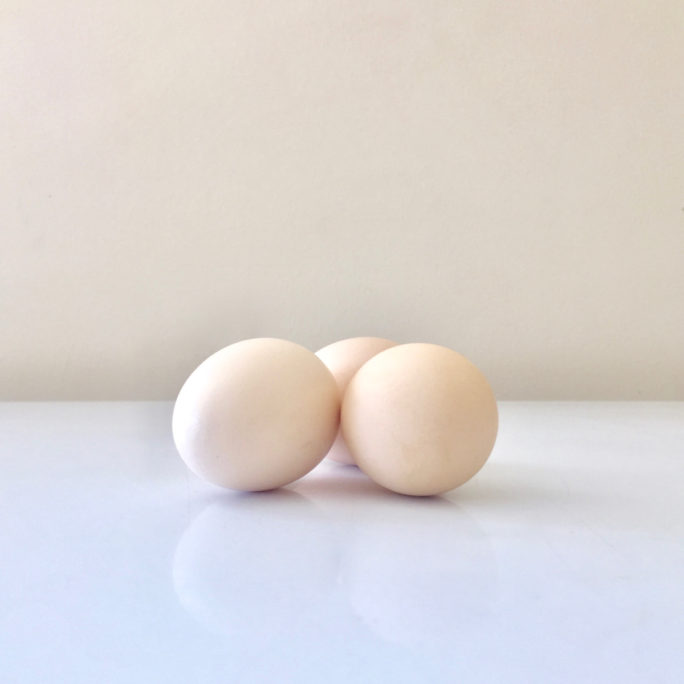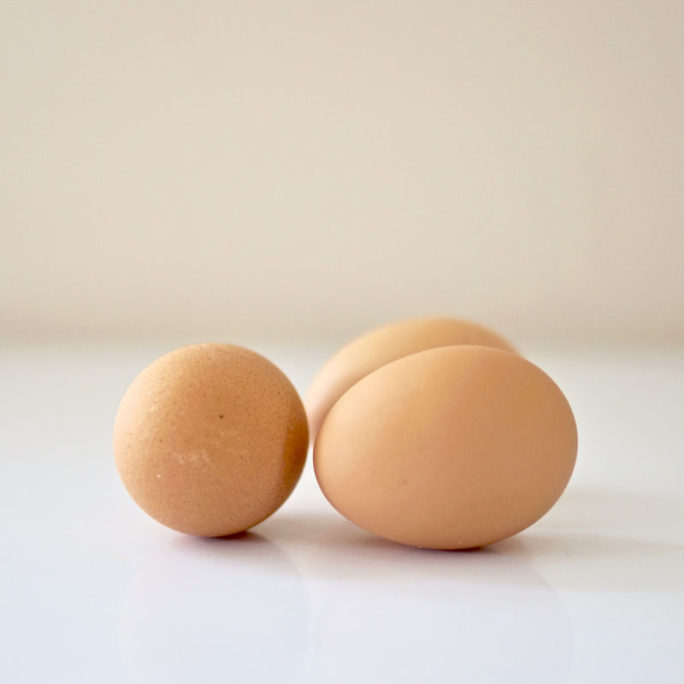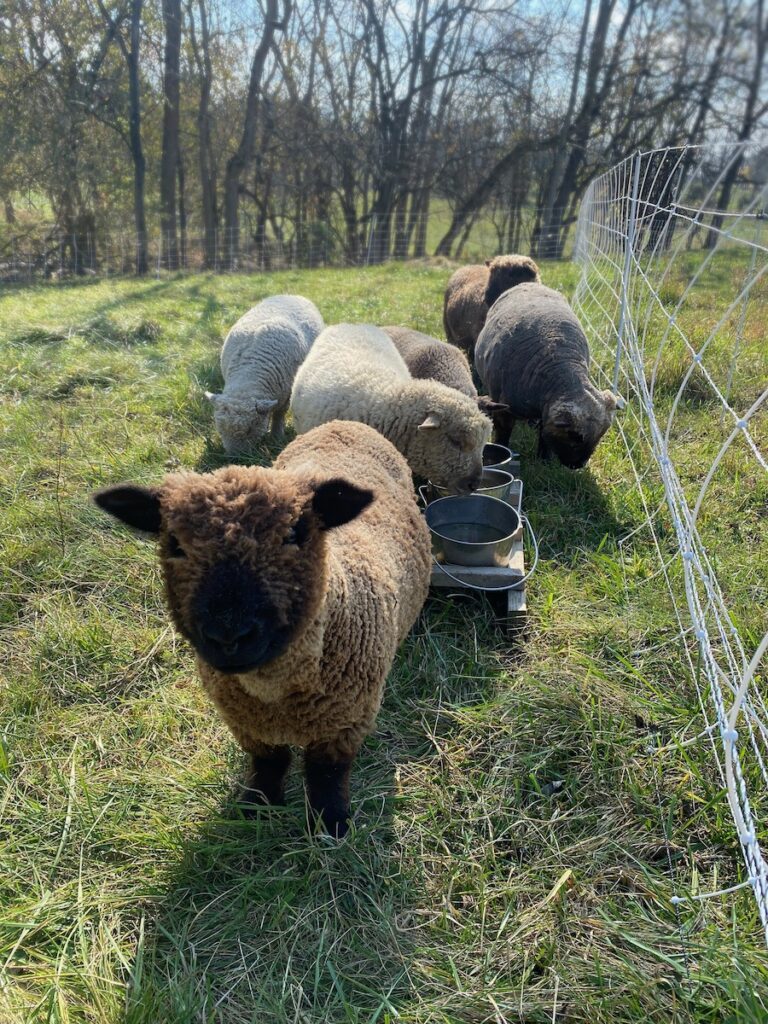
Many years ago, our family switched from purchasing our meat from the local grocery store to a family farm in Pennsylvania. The family we purchased from raised animals for milk and meat (and partnered with other local families raising eggs and other animal species for meat). They sold to a NYC buying club and those of us in NYC who wanted pasture raised, organic, soy-free, corn-free milk, meat and eggs would put in our orders and then meet a van at a restaurant that volunteered it’s space for unloading and distributing the food. Members would take turns unloading and being the person in charge of checking orders and collecting payment. It was a fantastic model for city residents to get healthy food from small farms that they could visit and even have a say in how things were done! (For eg one year as costs were rising we voted on whether to pay more for our food or for the farmer to start including some organic corn in the animals’ diets. We voted to pay more!)
The prices on food of this quality may shock those of us who have never purchased meat other than what is available at a grocery store. Most meat at grocery stores comes from animals raised in crowded, unsanitary conditions, fed things that aren’t food by any stretch of the imagination.1,2 They’re given antibiotics to keep them alive in terrible conditions and on and on. The system they are raised in is designed to grow the most meat in the least space with the least cost possible. The wellbeing of the animals and the healthfulness of the resulting food that consumers purchase and eat is not a focus of this system.
Our family was inspired by farmers like the families we purchased our meat and eggs from when we lived in NYC. They were a big part of us deciding to make a change and start raising our own food. Today I’ll talk about how we raise sheep, and what our cost of raising lambs for meat is in West Virginia. I hope this will help you have an appreciation for the price tag when you see pasture raised lamb meat for sale from a family farm! As I’m writing this, two other farmers are writing about their cost for raising pastured poultry and beef on their farms. I’ll share those links in the comments as soon as they are ready!
Assumptions
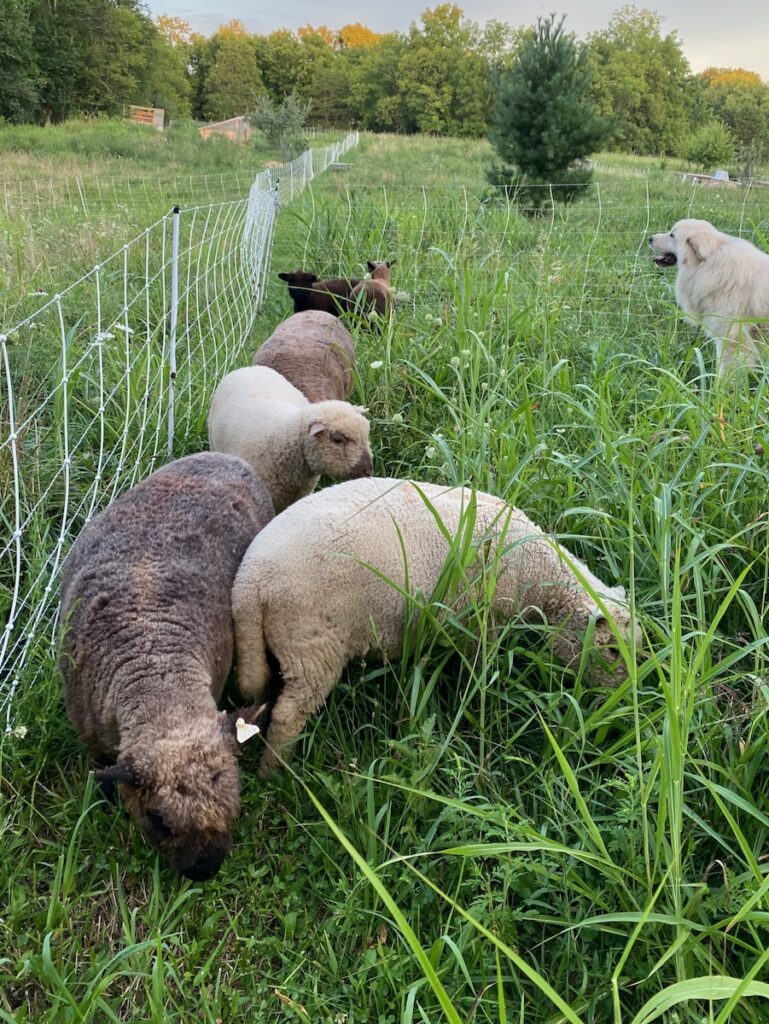
- Fencing, shelter, waterers and mineral feeders etc are already purchased (up front cost are NOT included in the cost breakdown)
- The lambs are born to the existing flock on the farm (cost of purchasing lambs is NOT included)
- Time is paid at the West Virginia minimum wage of $8.75 per hour
- A truck, trailer etc to transport the lambs to a local humane USDA approved butcher is already owned (cost of transport equipment is NOT included)
- Each lamb yields approximately 50 pounds of meat at 1 year old or 35 pounds of meat at 8 months old
- There are zero losses, which on our farm is possible with the protection of livestock guardian dogs (cost of feeding a guardian dog is NOT included)
- Time monitoring ewes during labor, assisting lambing, or supporting weak lambs is NOT included
Method
- Lambs are raised with their mothers until weaning, on pasture, and rotationally grazed through the fall. They eat a variety of plants, run and play together in the field, rest in the shade and maybe even accept hugs and massages from the farmers during daily checks
- Lambs are fed hay during the dormant season, still have access to pasture (a winter paddock) for fresh air and space to move around, but also have shelter to get out of freezing rain etc
- Minerals are provided free choice
- Natural dewormer (essential oils) are used weekly to ensure parasites aren’t inhibiting the lambs’ growth
- Lambs are butchered at 12 months old, or at 8 months old (at the end of the growing season) in a facility that allows them to rest and calm down overnight after travel, as well as using the moving methods of Temple Grandin to keep them calm leading up to their death
Costs
April through November (35 weeks):
- 15 minutes per day bringing water and checking minerals, observing lambs for any problems that may arise = 0.25 hours x 7 days x 35 weeks x $8.75 = $535.94
- 30 minutes per week moving portable fencing and shade/shelter, administering dewormer = 0.5 hours x 35 weeks x 8.75 = $153.13
December through March (17 weeks):
- Hay is fed at 5 pounds per lamb per day, a 45 pound bale costs $5 each = $5 x 7 days x 17 weeks = $595
- 15 minutes per day bringing water and hay, checking minerals, observing lambs for any problems that may arise = 0.25 hours x 7 days x 17 weeks x $8.75 = $260.31
Minerals and deworming
- 1 bag of Thorvin kelp = $89.50
- 2 bags of Redmond salt = $43.90
- ParaGize EO (x2 bottles) = $25
Butchering
- 1 hour loading and traveling to and from butcher = $8.75
- Butcher fee, including parsing, bagging, weighing and labeling = $125 per lamb x 9 lambs = $1,125
- 9 lambs x 50 pounds = 450 pounds
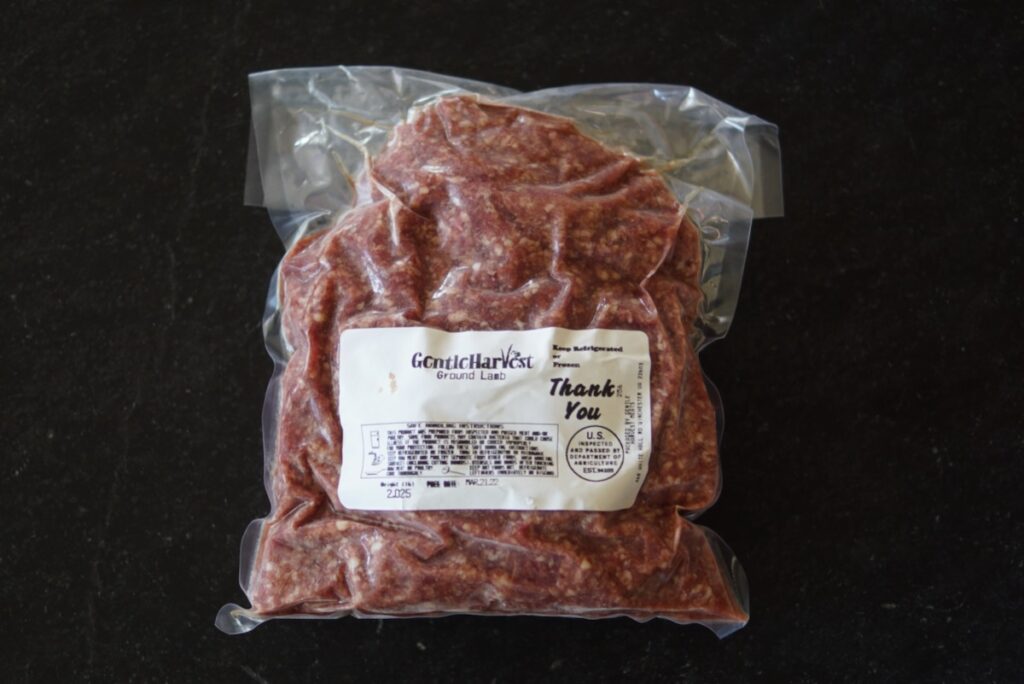
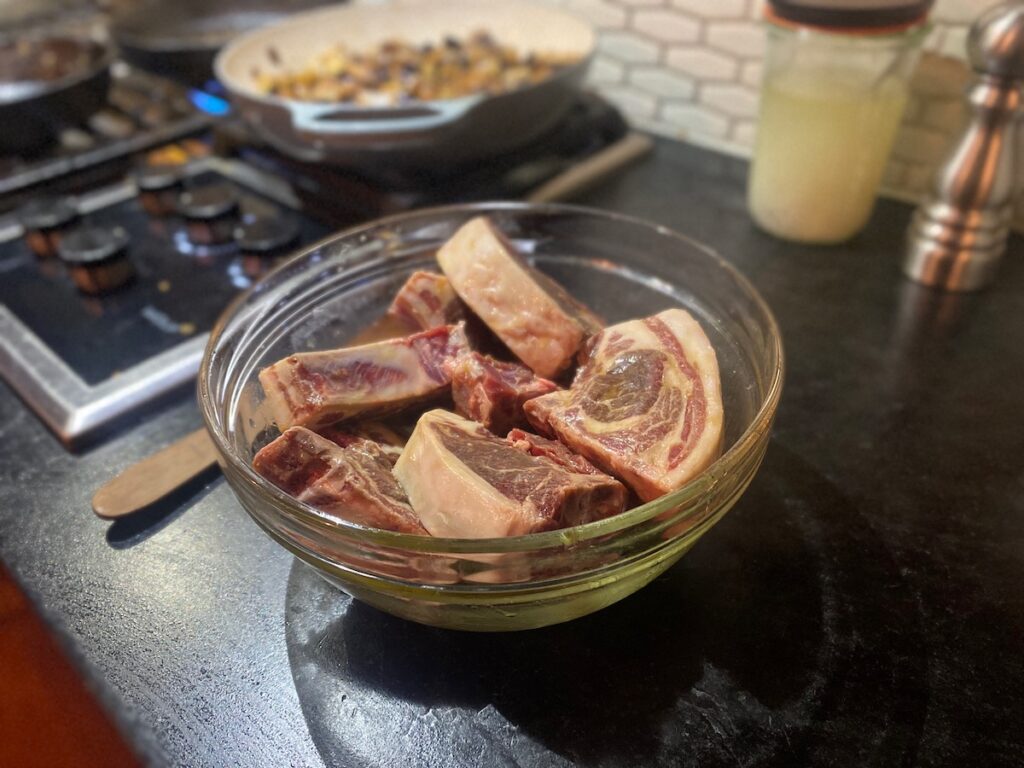
Total cost
$2836.53 / 450 pounds = $6.30 per pound
Other Examples
How does the cost change if you butcher at the end of November for approximately 35 pounds of meat per lamb and no winter cost? What if you only have 4 lambs to raise? Here’s a chart with four scenarios and the cost per pound:
| 9 lambs, 1 year old | 9 lambs, 8 months old | 4 lambs, 1 year old | 4 lambs, 8 months old | |
| April-Nov hauling watering, minerals, daily check | $535.94 | $535.94 | $535.94 | $535.94 |
| April-Nov weekly moving fence/deworming | $153.13 | $153.13 | $102.08 | $102.08 |
| Dec-March hay purchase | $595.00 | $0.00 | $264.44 | $0.00 |
| Dec-March hauling water, hay, minerals, daily check | $260.31 | $0.00 | $260.31 | $0.00 |
| Thorvin kelp | $89.50 | $89.50 | $89.50 | $89.50 |
| Redmond salt ($21.95 each) | $43.90 | $43.90 | $21.95 | $21.95 |
| ParaGize ($12.50 each) | $25.00 | $25.00 | $12.50 | $12.50 |
| Load and travel to butcher | $8.75 | $8.75 | $8.75 | $8.75 |
| Butcher fee ($125 per lamb) | $1125.00 | $1125.00 | $500.00 | $500.00 |
| Meat yield (50 per lamb at 1 year, 35 per lamb at 8 months) | 450 pounds | 315 pounds | 200 pounds | 140 pounds |
| Total Cost | $2836.53 | $1981.22 | $1795.47 | $1270.72 |
| Cost Per Pound | $6.30 | $6.29 | $8.98 | $9.08 |
If we were to sell our lamb meat at cost, would you think those prices are fair for the work put in and the quality of the meat? How much of a profit should a farmer make? One of the reasons we don’t sell much of the food we grow is that we can earn a lot more money per hour doing other work; so we raise animals for our own consumption. If all of us consider the effort of the farmers we purchase from, and gladly pay the prices that keep them in business I think it would contribute significantly to a better future for animals, farmers and consumers! What do you think? Where do you typically get your meat? How do you decide how much it’s worth to you per pound? I’d love to hear your thoughts in the comments.
